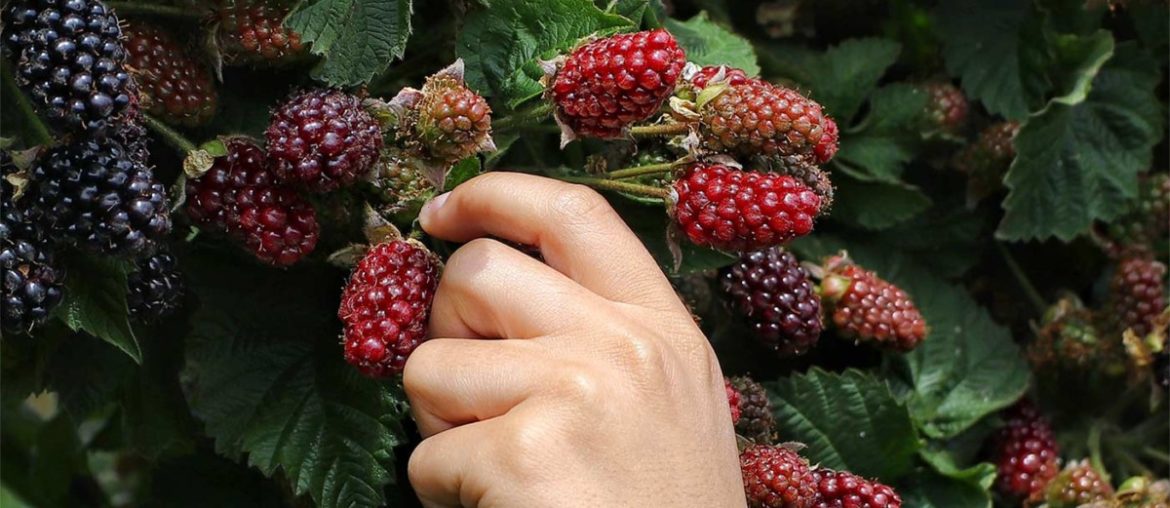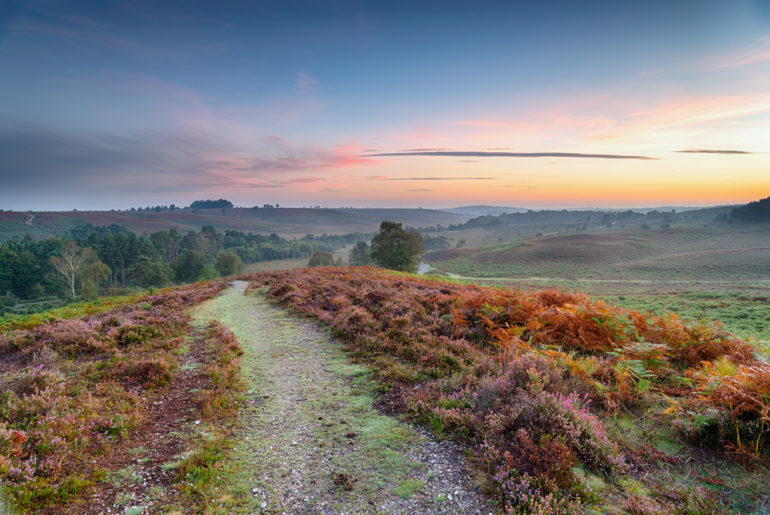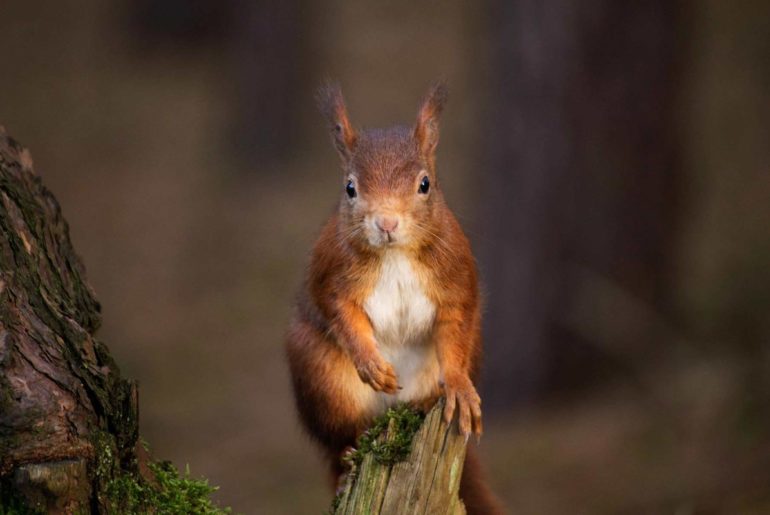Britain’s hunter-gatherer days may be over, but foraging – which refers to collecting wild edible plants – has become an increasingly popular activity. Foraging is not only good for the environment but also a fantastic way to connect with the UK’s beautiful rural areas. And, regardless of the season, there are tasty delights to be found just about anywhere.
What kind of wild edible food can you find during Britain’s summer and autumn months?
- Bullace Plums
- Beech Nuts
- Wild Raspberry
- Wild Strawberry
- Hazelnuts
We tell you more below!
Bullace Plums
Thought to be brought to the Isles by the Romans, Bullace fruits grow in abundance in Britain’s hedgerows during October and November. These small, oval plums are usually blue, black or purple in colour with a slightly acidic taste. You can use these tasty fruits to make homemade jams, preserves, crumbles, wine and fruit liqueurs such as sloe gin.
Bullace fruits grow throughout the UK, but we recommend heading to an Area of Outstanding Natural Beauty, such as the Lake District or the Cotswolds, to add some visual awe to your foraging adventure.
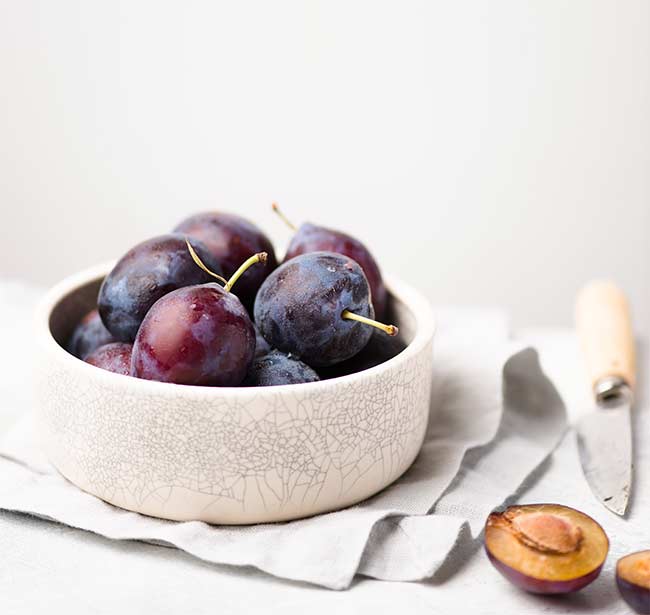
Beech Nuts
Beech nuts can be admittedly difficult to collect in large numbers due to their small size. Still, they make a tasty treat on Autumn walks if you can spot them. You can use them in a similar way to pine nuts – they taste great sprinkled over risottos and salads. Before consuming, make sure to scrape off the outer brown skin and roast thoroughly. In the wild, they typically come in pairs and have three sides.
Wild Raspberry
Wild raspberries grow in hedgerows, woodlands, clearings and even roadsides. You’ll also find them growing in upland areas, such as the Scottish Highlands and Brecon Beacons in Wales, below cliffs and on dry ledges of ravines and crags. Wild raspberries taste slightly sharper than their farmed alternatives, but you can use them in the same way.
If you fancy a trip to the Scottish Highlands, why not combine it with a tour that also includes visits to destinations such as Edinburgh and Loch Ness? Our guided tours will give you a deep insight into the area’s history and culture, and the views are simply unforgettable.
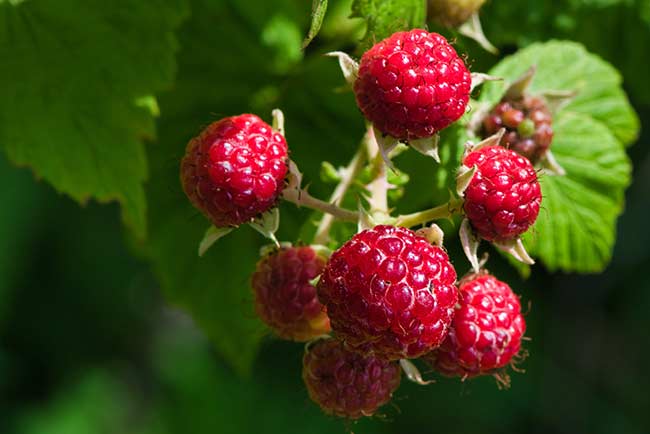
Wild Strawberry
Britain’s wild strawberries are usually much smaller than their cultivated cousins, often measuring less than 1cm in width. Still, you’ll generally find them in Woodlands from July through to October, and they’re generally enjoyed best without any preparation. If you can get your hands on enough wild strawberries, consider adding a sprinkling of sugar and cream to make a tasty dessert. Add a couple of berries to the mix, and you can create a delicious panna cotta or crème brûlée.
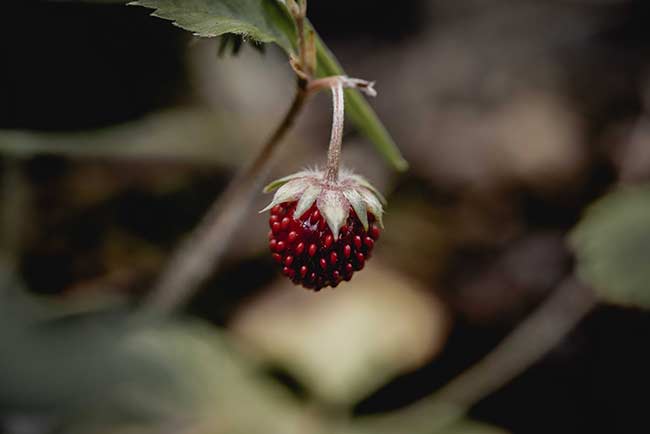
Hazelnuts
Hazel trees are native to the UK and grow in scrublands, woodland areas and hedgerows. You might struggle to find fully ripened hazelnuts in the wild because small birds and animals tend to get to them first. But during August and September, you can find plenty of small, green hazelnuts that are usually safe to eat during nature walks, though you may want to wait until they turn brown and the shell begins to peel away.
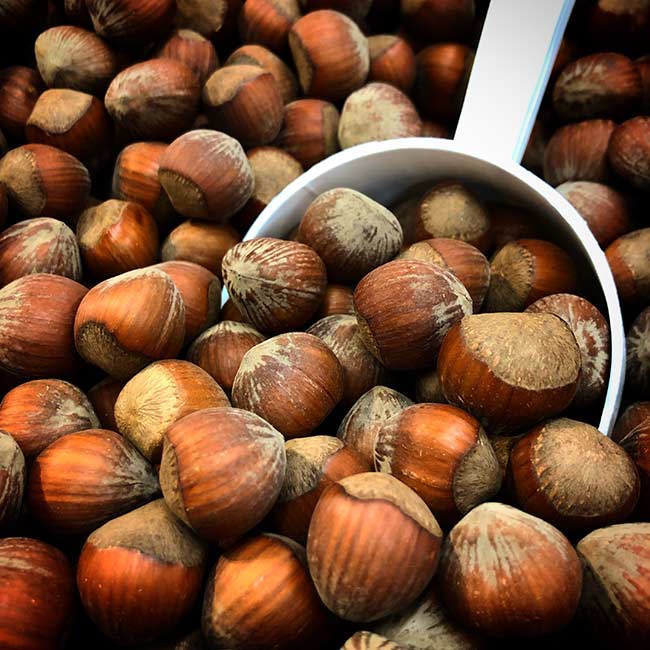
Remember the golden rule of foraging – never eat something unless you’re 100% sure that you know what it is. Once you’ve got that rule memorised, check out some of our fantastic countryside experiences on our Day Tours from London.

